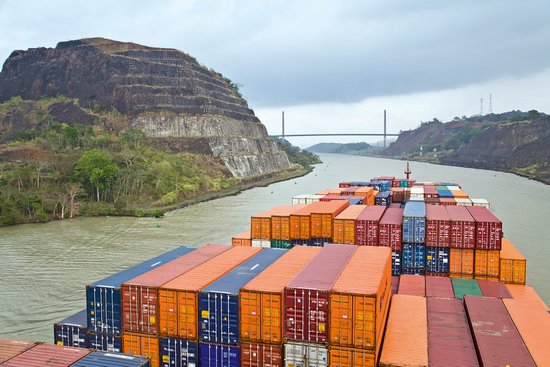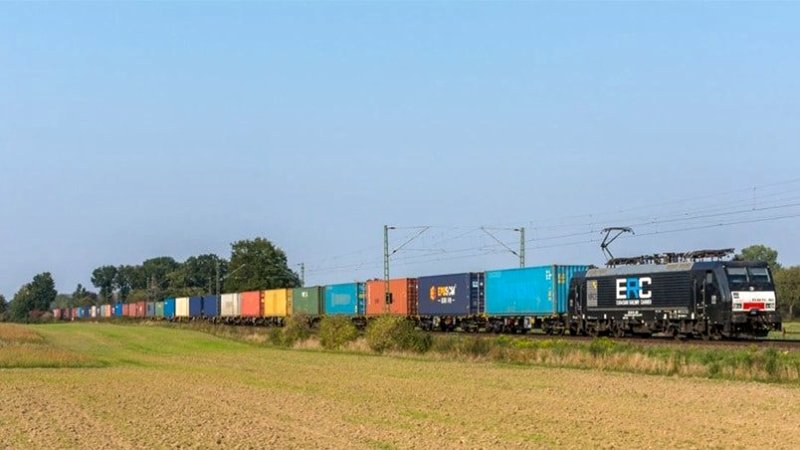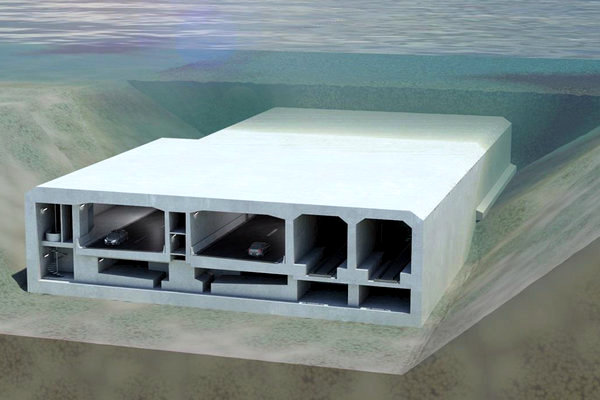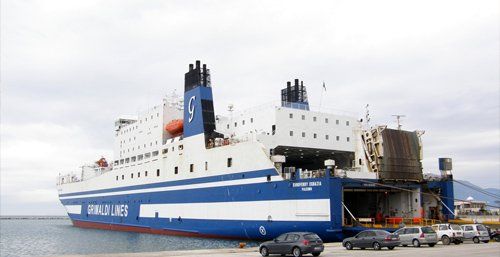Can a single major project, even while still under construction, not only significantly alter the transportation landscape and prospects of a vast European regional area but also affect future infrastructure decisions? Apparently, the answer is yes. This is the case with the Fehmarn Belt tunnel. Initial construction for the future link between Denmark and Germany began in 2020 on the Danish side and in 2021 on the German side, though operations only became fully active in subsequent years. The project is expected to be completed by 2029, yet this prospect is already sparking a debate on the capacity of current rail and road infrastructures in light of the traffic that will be generated by the new link.
Many observers fear that once the Fehmarn Belt tunnel is completed, the Öresund Bridge may become a bottleneck, particularly for freight traffic. The road and rail bridge over the Öresund, inaugurated in July 2000, connects Malmö in Sweden with Copenhagen in Denmark and plays a crucial role in the integration and economic cooperation not only of the directly affected regional areas but also for the two countries as a whole. The Öresund region, encompassing Malmö, Helsingør, and Copenhagen, is one of the most dynamic and prosperous in the Nordic region, with significant economic and industrial centers as well as major ports.
It is now certain: the future Fehmarn Belt tunnel will require increased rail traffic capacity across the Öresund. Sweden has launched an investigation into the performance of the current bridge, and early results indicate that the existing capacity is insufficient to handle the increased traffic expected from the new tunnel between Denmark and Germany. This has led to the necessity of considering new connecting infrastructures.
Three project hypotheses are currently on the discussion table. In brief, the first project is located further north between Denmark and Sweden, the second in a central position, and the third involves a direct rail tunnel between Malmö and Copenhagen. The first hypothesis, designated with the initials HH from the Danish Helsingør and the Swedish Helsingborg, exploits the point where the distance between the two countries is shortest, with a strait of just five kilometers, which has long been seen as a potential connection, but it is located too far north.
The second option, between Copenhagen and Landskrona, would be the most favorable for freight traffic but requires significant investment; the last option stands somewhat apart but appears to be the most favored, involving a cross-border metro railway that would offer frequent passenger connections, thus freeing up much of the capacity on the current Öresund Bridge primarily for freight transport.
Additionally, regarding the Scandinavian peninsula, there is another notable development. Finland is studying a European gauge railway connection of 1435 mm with Sweden to facilitate transport and relations with the rest of the European Union, as Finnish railways use a broad Russian-type gauge. This is also a sign of how connections within the EU are evolving. The approximately 130-kilometer stretch would run from Oulu, a key center in northern Finland, to Haparanda on the Swedish border.
Piermario Curti Sacchi
































































